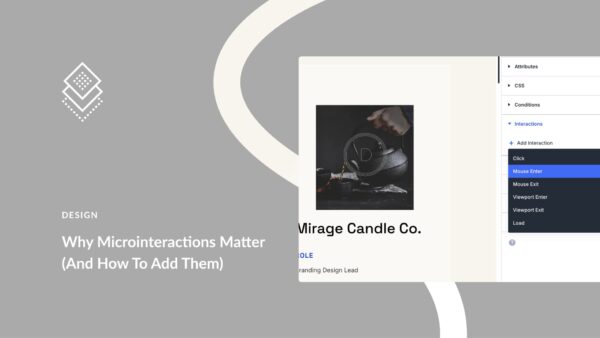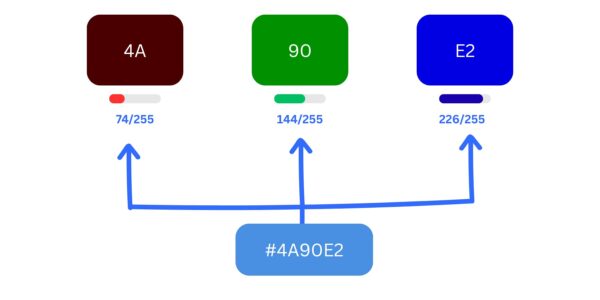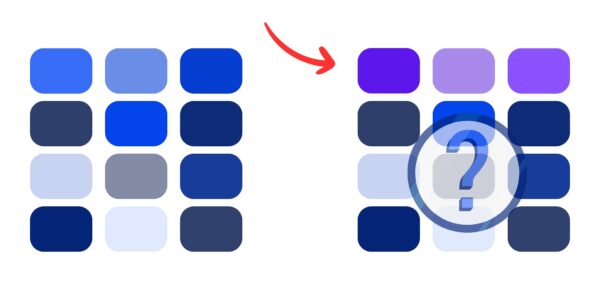Great carousels do more than slide left and right, they guide attention and create rhythm. With Divi 5’s new Group Carousel module, you can shape transitions visually inside the builder without writing a line of code. Subscribe To Our Youtube… Continue Reading →
A great website doesn’t just display information, it also provides valuable insights. It responds to you. People who interact with your site expect instant feedback confirming their actions have been registered. Without these small responses, visitors get frustrated and leave…. Continue Reading →
Divi 5 continues to add features that make it easier to design right inside the builder. The Group Carousel Module is one of them. It lets you build swipeable carousels that slide smoothly into your layouts. You can use it… Continue Reading →
Popups get a bad reputation, but that’s only because most websites misuse them. When you build them with purpose and timing in mind, they turn casual browsers into subscribers and window shoppers into buyers. We’ll show you five ways to… Continue Reading →
Carousels are a design element that almost every site needs, whether it’s for products, testimonials, or client logos. In the past, Divi users often relied on third-party plugins or custom code to achieve their desired results. With Divi 5, that’s… Continue Reading →
Designing a layout involves placing boxes on a page and ensuring they remain aligned when the screen size changes. For years, that meant working around limitations — floats, manual spacing, or building everything in one direction. CSS Grid changes the… Continue Reading →
Designers think the mockup is the product. Developers know the product lives in code. Until we kill the fantasy of the “handoff” and start building together from day one, we’re just shipping prettier silos with more emojis.
The problem with most animation tools is that they swing from boring to chaotic with no middle ground. Either the effects aren’t visible, or a slight move of the mouse can send elements flying. With Divi 5’s Interactions, you get… Continue Reading →
Animations can make your sites feel alive, but most designers avoid them because they slow down loading speeds. The choice seems simple: either you get a website that crawls or a fast-loading one that feels flat and lifeless. Well, that… Continue Reading →
System fonts once defined the web’s visual identity, but today they’re mostly fallback options, lacking the personality and control modern typography demands. In a world of variable fonts and expressive design, relying on system fonts isn’t nostalgic—it’s just lazy.
If your app or website makes people feel confused, lost, or quietly scream into a pillow, your UX needs a reboot. These 10 timeless UX principles are the difference between digital love and digital rage-quitting. Designers, read this before you… Continue Reading →
Dribbble didn’t inspire a new era of web creativity—it domesticated it. In chasing pretty pixels for clout, we forgot how to design for actual humans. The web is now full of sexy shots and broken experiences—and it’s time we admit… Continue Reading →
Traditional layout methods often break at smaller widths. Content misaligns, spacing collapses, and manual fixes pile up. Flexbox solves this by defining relationships instead of fixed positions. In Divi 5, these controls live in the Visual Builder, and the new… Continue Reading →
Good layout starts with a clear model for alignment and spacing. Flexbox provides that model by organizing content along a single axis with predictable control over direction, alignment, wrapping, and gap. This post covers the basics of these CSS properties… Continue Reading →
Web design in 2025 isn’t about pushing pixels—it’s about creating living, breathing digital spaces that adapt, empathize, and evolve. AI builds the bones, but human designers still shape the soul. It’s not about trends anymore—it’s about trust, truth, and radical… Continue Reading →
Your brand shouldn’t be constrained by a static layout, so we aim to provide you with full flexibility as Divi 5 continues to develop. Divi 5’s new Loop Builder is a great step in that direction; it lets you design… Continue Reading →
Web design’s real MVPs aren’t specialists—they’re the generalists quietly doing everything. These multitasking heroes hold the internet together with duct tape and Google searches. This is your gloriously chaotic love letter to the people who do it all.
Flexbox and Grid are the two layout systems that define modern CSS. At first glance, they seem similar. Both handle rows and columns, manage alignment and spacing, and replace the old float-and-table workarounds. The real difference is in how they… Continue Reading →
Web design tools that use artificial intelligence are still dominating new and beta launches, while hopefully making your workflows a little bit smoother. One of the most talked about launches this month is Google (Gemini’s) Nano Banana image generator tool,… Continue Reading →
Simplicity in web design is often hailed as the ultimate goal, but the truth is that it’s a myth that overlooks the complexity required to create functional, powerful designs. Great design isn’t about stripping things down to the bare minimum,… Continue Reading →
Web design has evolved from pixelated table layouts and Wacom tablet sketches to AI-generated, hyper-personalized experiences. As AI redefines creativity, designers aren’t being replaced—they’re becoming directors of a new, smarter web.
Forget boring tourist passes: the new Zürich Card is a masterclass in Swiss design. Clean typography, modular grids, and a shape-shifting card motif make it a pocket-sized identity system.
In 2025, AI has gone from sidekick to co-creator in web design and development. 93% of designers use it daily, 91% of developers generate code with it, and Big Tech says 30%+ of new code is machine-written. —proof that the… Continue Reading →
Color is one of the most powerful tools in a designer’s toolkit, but working with traditional systems like hex and RGB can sometimes feel limiting. These formats work, but they don’t reflect how we actually see or think about color…. Continue Reading →
You can build clean sections all day, but aligning elements across every screen size can start to feel more like trial and error than intentional design. Flexbox fixes that. It gives you real control over how elements sit, stretch, shrink, and… Continue Reading →
In 2025, web design and development paychecks are more about impact than job titles — and the global salary gap is staggering. From $190k U.S. AI gigs to $15k local roles in Southeast Asia, the numbers show exactly where skills… Continue Reading →
Every “fresh” design trend you love is probably stolen—from Soviet posters to 80s neon, from Bauhaus to Blade Runner. We’re not inventing; we’re remixing. Here’s the proof that today’s hottest web aesthetics are just yesterday’s styles in shinier packaging.
In web design, even the simplest decisions can multiply. What starts as a single design choice quickly expands into dozens of visual variations for interactions, backgrounds, borders, and more. Your build can become cluttered with mismatched values and manual tweaks… Continue Reading →







